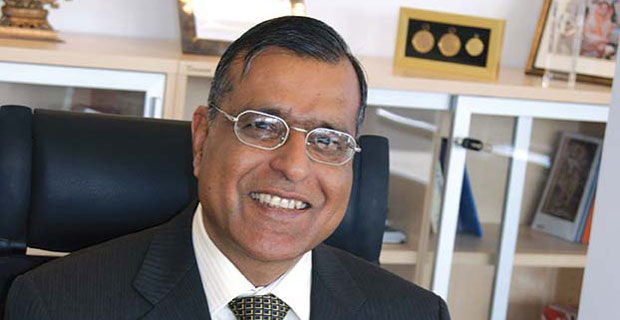Indian Diaspora in the Caribbean–Past and Present
Arrival of Indian indentured workers to the Caribbean ...
Under these trying circumstances survival of Hinduism and Indian festivities is a story of courage, zeal and resilience. Since most of these Indians were confined to farm estates, they started having evening prayer-meetings with singing of devotional songs in Bhojpuri. Sufi Muslims joined such congregations. Then followed the staging of Ram Leela, a tradition deeply rooted in North India. Today there are over 30 venues in Trinidad alone where Ram Leela is staged annually. Emergence of some Indians as small land owners, farmers and businessmen gave them a sense of security and power and led to construction of temples by the Hindus and mosques by the Muslims. The colonial masters allowed these religious traditions so long as they were kept within the dictates of the law and not seen as a threat to their power.
Emergence of Sanatan Dharma Mahasabha and Arya Samaj considerably helped in preservation of rituals associated with religious festivities, birth, marriage and death and introduction of Indian cultural practices in schools run by them. Pandits were invited from India to help local priests. Gradually celebration of Diwali, Phagwa (Holi), Shiv Ratri, Eid and Ganapati Festival became regular events followed by classical dances and singing. Radio broadcasts and the emergence of Indian film industry also helped them in this process of reconstruction. However the reconstruction took its own shape. Some of these traditions are set in 19th century rural India while many others were modified with considerable local contents such as bamboo wedding. Local interface was also reflected in clothing, food habits and music. While western clothing became a norm, local derivatives of Indian cuisine came into existence. Today the Indian clothing is only worn on religious or festive occasions. Language became a major casualty of this interface except in Suriname where Bhojpuri has been preserved as Sarnami. Today most of the religious rituals in these island nations are performed through transliteration. It is fascinating to see how the episodes of Ram Leela are staged with English transliteration. Efforts to revive Hindi have not been very successful although Hindi music can be heard over several radio stations and Hindi films can be seen on most TV stations. Thus the edifice of Indian religious traditions emerged brick by brick and carries an imprint of local conditions and interface with other social and religious groups. In more recent times life-style of West Indians as they are called has been further impacted by the American way of life.











Comments.